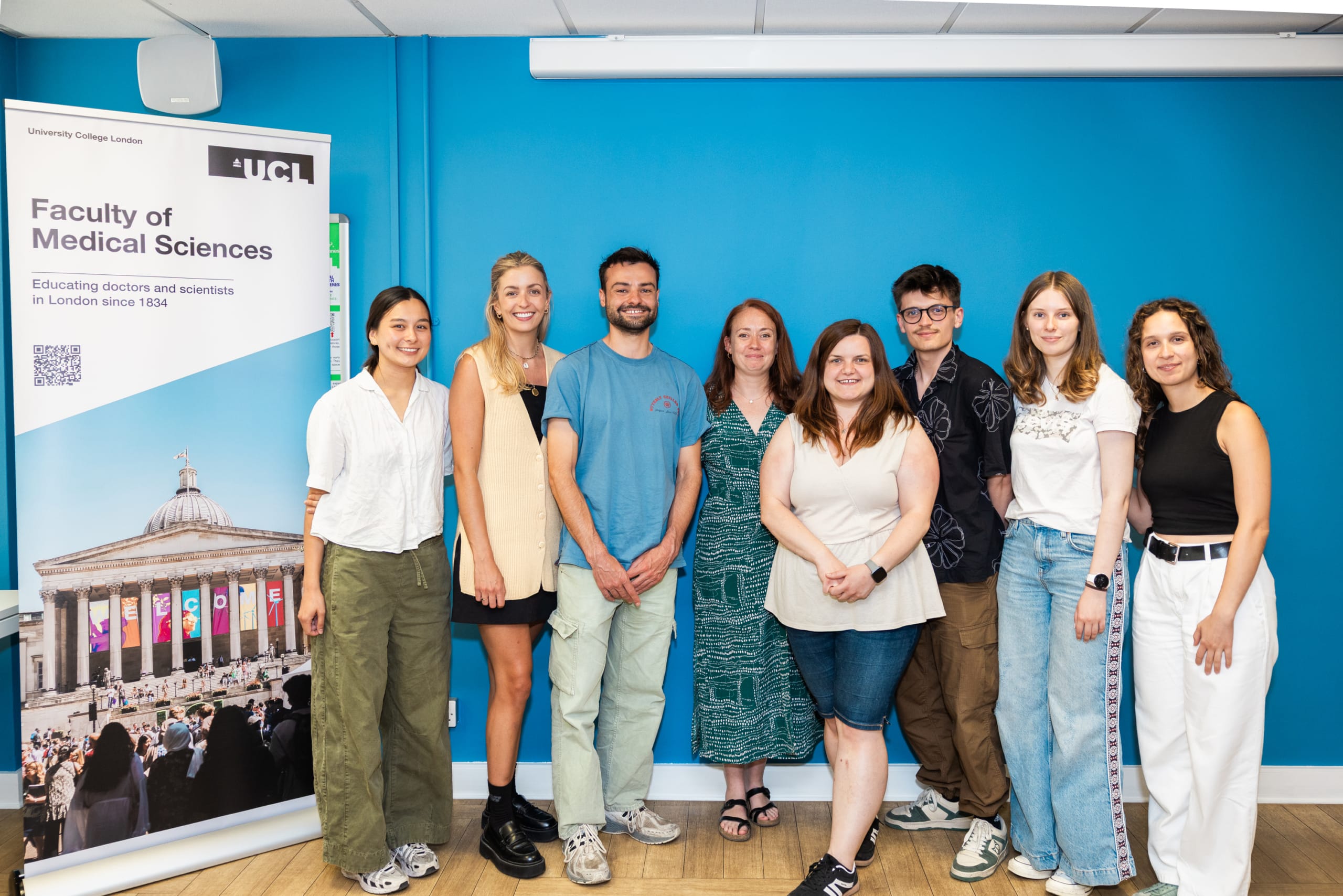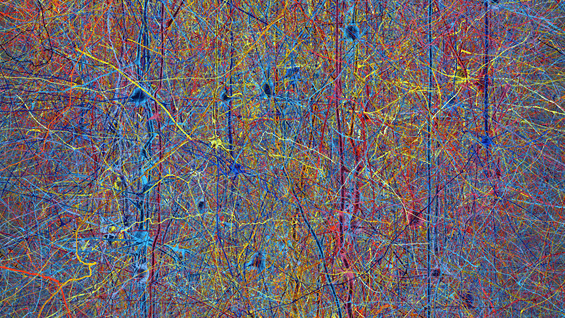Lizzy Rosser is uncovering how immune cells contribute to joint and eye inflammation in children with juvenile idiopathic arthritis. With support from her Lister Prize award, her lab is exploring new therapeutic targets—whilst nurturing deep relationships with young patients and their families.

I’m a basic scientist, I’m not a clinician so I’m not in the clinic. But you see that the work you do can have an impact on young people and their families. It’s not that you’re making a new therapy straight away, but you’re talking about how their disease is important, and that you’re asking research questions that are relevant to them.
When Lister Fellow Dr Lizzy Rosser set out to investigate why some children with juvenile idiopathic arthritis (JIA) also develop uveitis—an inflammatory eye condition that can cause blindness—she didn’t expect to disprove her own hypothesis. But that’s exactly what happened. And thanks to the support of the Lister Institute, what began as a focused study of B cells in the eye solely in children with arthritis evolved into a broader, more ambitious exploration of B cells in the pathology of childhood autoimmune disease—one that’s as much about people as it is about pathways.
Asking bold questions about childhood disease
JIA is rare and affects around 1 in 1,000 children in the UK. For reasons still unknown, a significant number of these children also develop an inflammatory disorder of the eye known as uveitis. Lizzy, a B cell immunologist based at UCL’s Centre for Adolescent Rheumatology, is determined to understand why.
Her research asks fundamental questions:
- Why do some children with JIA develop uveitis while others do not?
- Are the same immune pathways responsible for autoimmune inflammation in joints and eyes?
- What role do B cells play in driving this inflammation—and can they be targeted to prevent damage?
Initially, Lizzy hypothesised that a specific subset of B cells was responsible for causing eye inflammation in JIA patients. But early experiments revealed a more complex picture. She and her team are now investigating how altered B cell activation may be contributing not only to uveitis in JIA patients, but childhood uveitis regardless of a JIA diagnosis. They are also interested in understanding whether different B cell activation profiles may influence the risk of JIA patients developing uveitis and developing different clinical outcomes in general. Findings from their ongoing experiments suggest that B cells may influence inflammation in more diverse and tissue-specific ways than previously thought.
This shift in understanding is already informing fascinating new therapeutic strategies and target pathways for interventions. Here are some examples of recent studies co-authored by Lizzy and colleagues:
- How sex hormones and chromosomes influence B cell memory formation—potentially explaining some sex-based differences in autoimmune disease.
- As part of the CLUSTER consortium, how a type I interferon gene signature can be used to predict response to methotrexate in JIA.
- As part of the TRICIA network, how analysing tiny tissue samples or biopsies from the joint lining of children with arthritis using next-generation sequencing techniques can provide unique information about disease pathology and severity.

Science with a human face
What makes Lizzy’s approach distinctive is her deep engagement with the children and families affected by these conditions. As a scientist focusing on fundamental research, trying to tease out intricate cellular biochemistry and interactions, it would be easy to remain in the lab. But Lizzy’s patient and public involvement (PPI) activity has transformed how she thinks about her work.
Through partnerships with clinical academics like Dr Lola Solebo and initiatives such as the UNICORNS study, Lizzy has the opportunity to participate in family days and outreach events. These interactions have shaped her research priorities—most notably, her decision to launch a new Fight for Sight-funded PhD studentship focused on childhood uveitis not associated with arthritis, a group of patients often excluded from immunological studies.
The power of connection
Winning the Lister Prize has also helped Lizzy forge new connections including with other ocular specialists at UCL such as Lister Fellow Dr Anthony Khawaja, a glaucoma specialist. Despite having many collaborators in common, Lizzy and Anthony were yet to cross paths at UCL. This kind of serendipitous connection is emblematic of the Lister community’s value.
It’s already enriching our thinking. These new connections provide opportunities for cross-disciplinary exchange, which can really move science forward.
The Lister Prize has had a profound impact on Lizzy’s work—scientifically, professionally, and personally:
- Scientifically, it has enabled her to launch a new research stream in ocular immunology, retain key staff, and explore high-risk, high-reward questions.
- Professionally, it has opened doors to further funding from the Medical Research Foundation, Moorfields Eye Charity, and Fight for Sight, and strengthened her network within and beyond UCL.
- Personally, it has reinforced her belief in the power of team science and inclusive research.
Looking ahead
Lizzy’s lab continues to grow, with new postdocs, PhD students, and research assistants joining the team. Her goal is to build a research programme that not only advances our understanding of childhood autoimmune disease, but also reflects the voices and needs of the children and families it aims to help.
I would recommend any scientist spend time with the people who have the conditions they’re investigating. Because then you know what you’re doing is important for people. And you’ll appreciate how people feel and experience their disease.
Lizzy is based in the Department of Ageing, Rheumatology & Regenerative Medicine at UCL.



